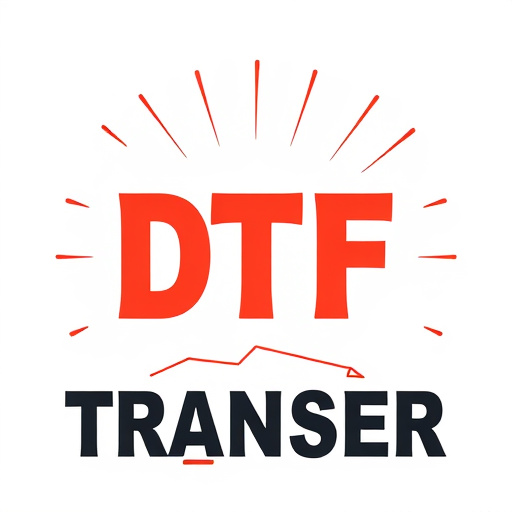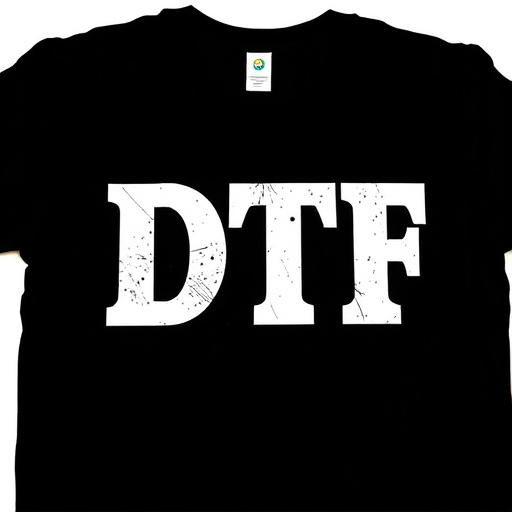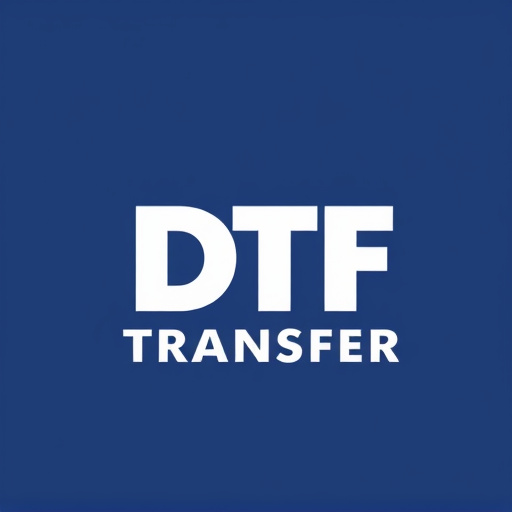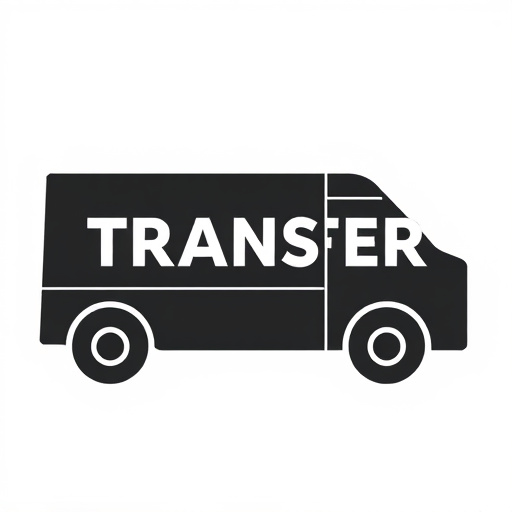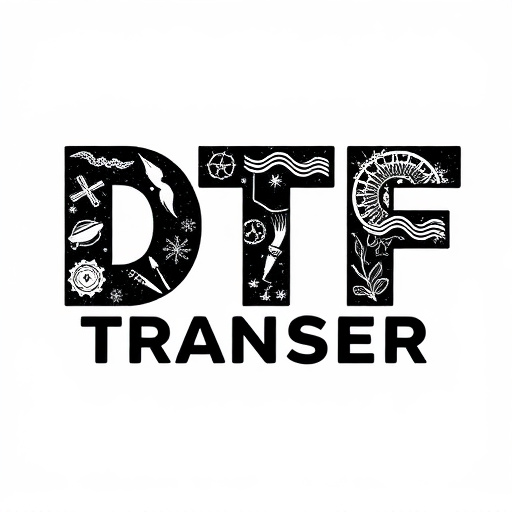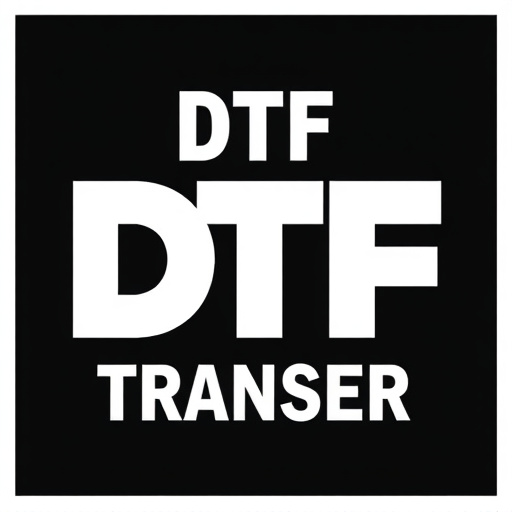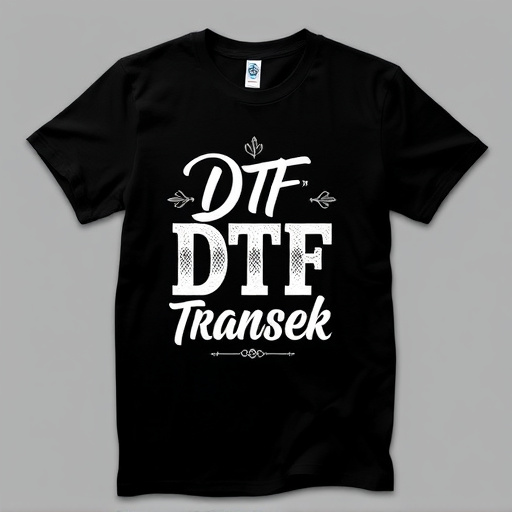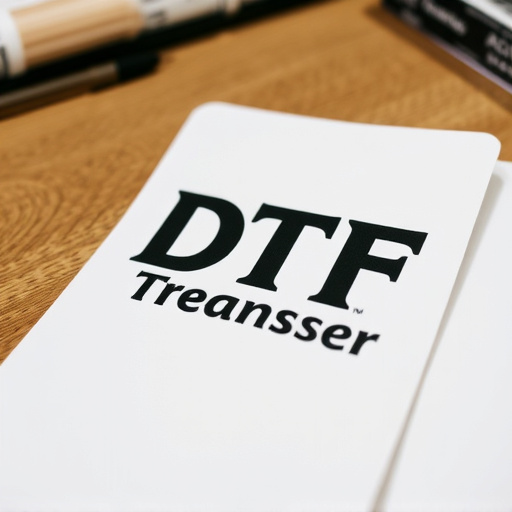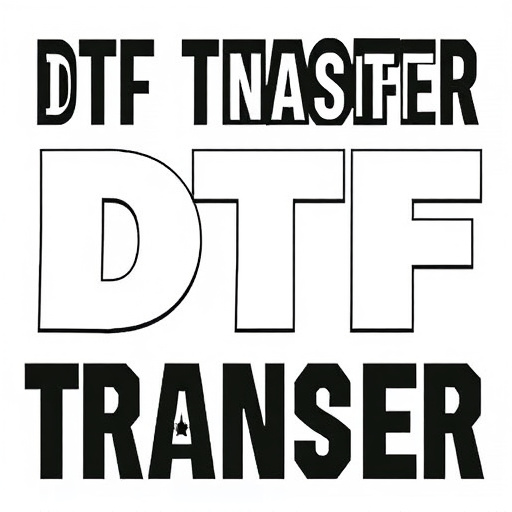Direct-to-Film (DTF) transfers revolutionize film and video production by enabling independent filmmakers and small businesses to create high-quality, unique content without traditional barriers. This method offers unparalleled artistic control, flexible formats, and cost-effectiveness, preserving memories and fostering global accessibility of diverse films. Choosing a reputable DTF provider with industry expertise ensures precise, secure transfers using modern technology, catering to shifting consumer demands for personalized, on-demand products.
In today’s digital landscape, preserving cinematic memories through direct-to-film (DTF) transfers is more accessible than ever. This revolutionary service eliminates traditional barriers like minimum quantity requirements, empowering small businesses and independent filmmakers to convert their precious footage into archival-quality formats. Our comprehensive guide explores the intricacies of DTF, its benefits, and how it’s transforming the industry. Discover why this game-changing technology is gaining traction and what considerations to make when choosing a DTF service provider.
- Understanding Direct-to-Film Transfers (DTF): A Comprehensive Overview
- Benefits of DTF Services for Small Businesses and Independent Filmmakers
- How DTF Works: The Process Unveiled
- Challenges in Traditional Film Transfer and Why DTF is a Game Changer
- Key Considerations When Choosing a DTF Service Provider
- Future Prospects: The Growing Demand for DTF Services
Understanding Direct-to-Film Transfers (DTF): A Comprehensive Overview

Direct-to-Film Transfers (DTF) represent a cutting-edge method in the film industry, eliminating traditional barriers associated with minimum quantity requirements. This innovative process allows filmmakers and content creators to skip the intermediate steps and transfer their digital footage directly onto film stock, offering unparalleled artistic control and unique visual aesthetics. DTF is particularly appealing for independent filmmakers, short films, experimental projects, and those seeking a more rustic and authentic cinematic look.
By employing advanced technologies, DTF services enable high-quality imaging, precise color reproduction, and exceptional detail retention. This method preserves the original vision of the filmmaker, ensuring that the final product aligns closely with the intended artistic vision. Moreover, DTF offers flexibility in terms of film formats, allowing for standard 35mm, 16mm, or even unique formats to cater to diverse creative needs.
Benefits of DTF Services for Small Businesses and Independent Filmmakers

Direct-to-film (DTF) services offer a game-changing solution for small businesses and independent filmmakers who seek high-quality video production without the traditional barriers. One of the primary benefits is cost-effectiveness; DTF eliminates the need for large minimum order quantities, making it accessible to startups and indie creators with limited budgets. This approach allows them to produce professional-grade videos for marketing, branding, or artistic expression without breaking the bank.
Additionally, DTF services provide agility and flexibility. Small businesses can quickly adapt their video content strategies by ordering as few or as many films as needed. Independent filmmakers, too, benefit from this rapid response, enabling them to bring their creative visions to life promptly. With modern technology, DTF ensures that the final products rival those produced in traditional film studios, thus elevating the overall quality of independent and small-business videos.
How DTF Works: The Process Unveiled

Direct-to-film (DTF) transfers are a cutting-edge process that revolutionizes the way we preserve and share our memories. This innovative service eliminates traditional barriers, such as minimum quantity requirements, allowing individuals and businesses to enjoy high-quality film transfers with ease.
The DTF process begins with digitizing your cherished films, whether they’re 8mm, Super 8, or 16mm reels. Advanced equipment captures each frame accurately, ensuring the original quality and texture are preserved. After digitization, specialized software enhances the images, correcting color, contrast, and clarity issues. Finally, these restored frames are then printed directly onto film stock, resulting in a stunning, faithful reproduction of your beloved memories on a new roll of film.
Challenges in Traditional Film Transfer and Why DTF is a Game Changer

In the traditional film transfer process, several challenges often arise, especially for independent filmmakers or small production houses with limited budgets. The primary hurdle is the minimum quantity requirement set by most services, which can be prohibitive. These requirements force creators to either order in bulk, leading to unnecessary costs and potential waste, or seek alternative methods that may compromise quality. This is particularly problematic for niche or experimental films that might not have a large audience, making traditional distribution channels less accessible.
Direct-to-film (DTF) transfers, however, offer a revolutionary solution to these challenges. By eliminating the need for minimum order quantities, DTF provides an affordable and flexible option for filmmakers. It democratizes access to high-quality digital transfers, allowing independent creators to preserve their cinematic legacy without the financial burden. This game-changer enables a broader range of films, from classic cult favorites to student shorts, to be preserved, shared, and enjoyed by audiences worldwide.
Key Considerations When Choosing a DTF Service Provider
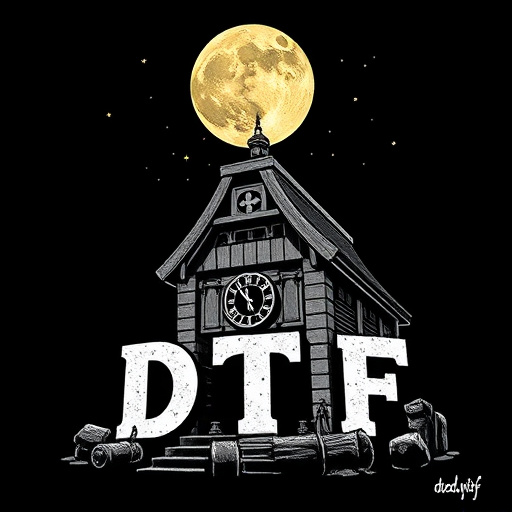
When selecting a Direct-to-Film (DTF) service provider, several key factors come into play to ensure a seamless and high-quality transfer process. One of the primary considerations is the provider’s expertise and experience in the industry. Look for companies that have a proven track record of successful DTF transfers, demonstrating their understanding of the technical aspects involved. Experience matters when it comes to handling various film formats, resolutions, and preservation techniques.
Additionally, the capabilities of the service provider’s equipment are crucial. Modern, state-of-the-art technology ensures precise and accurate transfers, minimizing the risk of data loss or degradation. Check if they utilize professional-grade scanners and encoders designed for DTF processes. Security is another vital aspect; ensure the provider has robust security measures in place to protect your film materials and the digital data during the transfer process.
Future Prospects: The Growing Demand for DTF Services
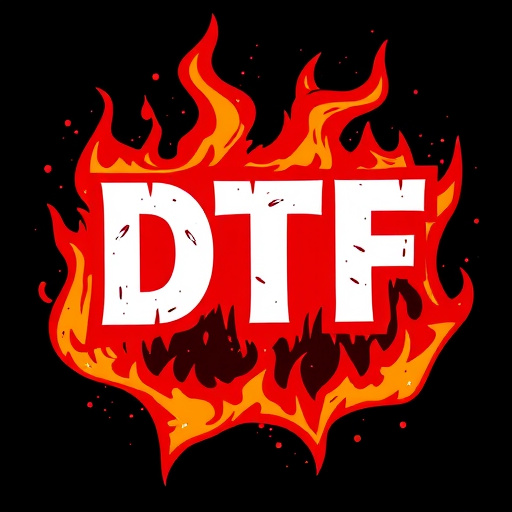
The direct-to-film (DTF) transfer service is experiencing a surge in demand, driven by evolving consumer preferences and technological advancements. As film becomes increasingly accessible and affordable, more individuals are opting for this method to preserve their memories and create tangible keepsakes. The traditional printing minimums are no longer a barrier due to modern print technologies that allow for cost-effective production even at lower quantities.
Looking ahead, the future of DTF services appears promising. With the growing trend towards personalized items and on-demand production, DTF transfers offer a unique selling point for businesses catering to diverse customer needs. This flexibility caters to a wide range of applications, from personal photo albums to promotional merchandise, ensuring that film enthusiasts and entrepreneurs alike can benefit from this innovative service.

